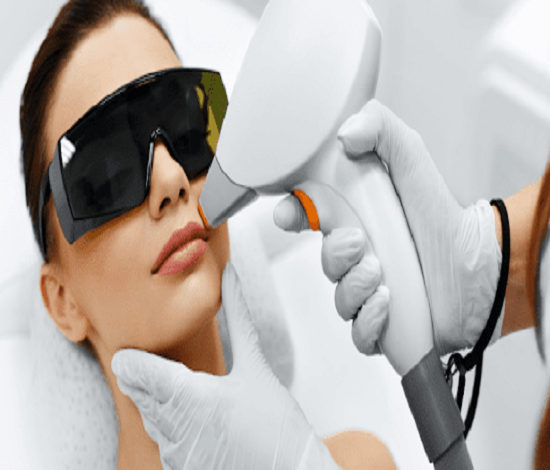There is always the risk of unwelcome outcomes with laser-based treatments. Redness, swelling, or irritation of the skin are the most common side effects of laser hair removal. These side effects usually resolve on their own.
However, if properly prepared, laser hair removal can provide long-term results. Those who grow back will have smaller, less dense hair. Follow these tips for what you should do before and after your treatment if you want to maximise the benefits of your treatment and minimise any undesirable adverse effects.
Before Laser Hair Removal
A consultation is the first step in laser hair removal. An office visit can last anywhere from 10 to 20 minutes. During this time your doctor will review the medical information you have provided, discuss your goals with you, and explain how the treatment will be implemented.
In general, laser hair removal works better on people who have light skin and dark hair, since this contrast allows the laser to detect the hair. Having blonde hair or dark skin does not mean you cannot get treatment. You will be assisted by your doctor during the appointment to determine the risks and benefits of the procedure based on the type of hair and skin you have.
Tips to Follow
- Before scheduling an appointment, schedule an in-person meeting with your physician. Depending on the severity of your condition, the amount of treatment you may need can be determined by a qualified physician.
- The medications you take will be discussed during your appointment. There are some medications that can cause photosensitivity.
- Benzoyl Peroxide and retinoids, as well as salicylic acid and hydroxy acids, should be avoided in skincare products.
- Your provider may advise you to shave the day before your treatment. Lasers work best on hair follicles when they are in their active growing phase while shaving. After your treatment, shave the area(s) that need treatment within 24 hours. Avoid plucking and waxing 24 hours after your treatment. If you wish to remove longer hairs, you must shave. Since the laser targets the root of the hair, the root must be present for the treatment to be effective.
- Cleaning the treatment area with soap and water before your appointment will remove dirt and oil from the skin. Don’t use any skincare products after cleansing your skin.
After Laser Hair Removal
Redness and swelling are the most common side effects of laser hair removal. However, they are short-lived. You may feel like you have sunburned for the first few hours. Your skin will become red and swollen for three to four days. Aloe vera and topical cooling creams are safe to use during this time.
During treatment, your hair will not fall out immediately, but gradually over the coming weeks. It’s common to see patches of regrowth in hair follicles because each is experiencing its own unique growth cycle. Patients are treated for regrowth during follow-up appointments.
Tips to Follow
- Maintain your treatment regimen as instructed by your provider as soon as possible.
- In addition to irritating the skin, sunlight (and tanning beds) can make hair removal more challenging. Always wear an effective sunscreen.
- After your appointment, avoid heat for 24 hours. Saunas, steam rooms, and hot showers can cause infection and discoloration. Within 24 hours you can return to the gym, but you should avoid the sun for two weeks. A tanning bed or other source of UV light can cause scarring and permanent pigmentation.
- Between treatments, shaving is a better option than plucking, tweezing, or waxing
- Using a loofah or washcloth, exfoliate the treated skin 2-3 times per week. This reduces the risk of ingrown hairs.

